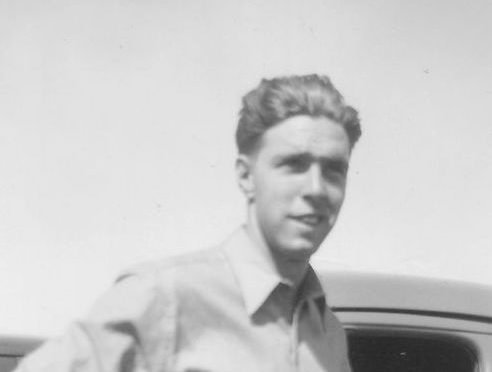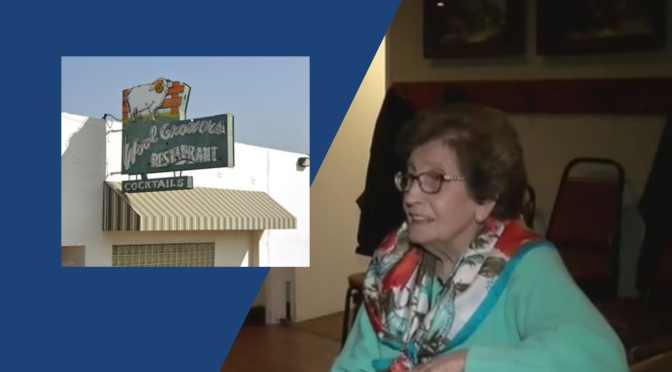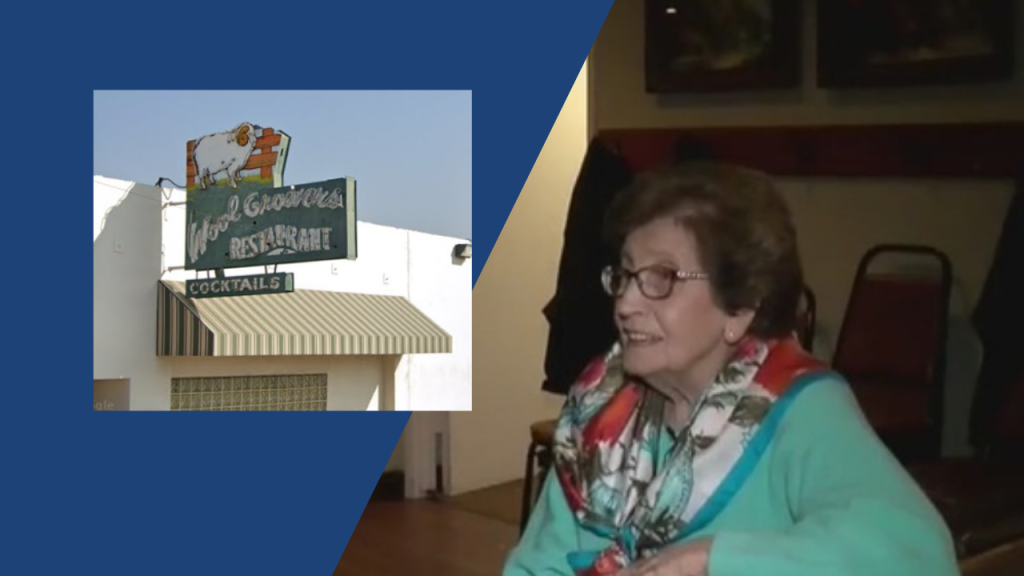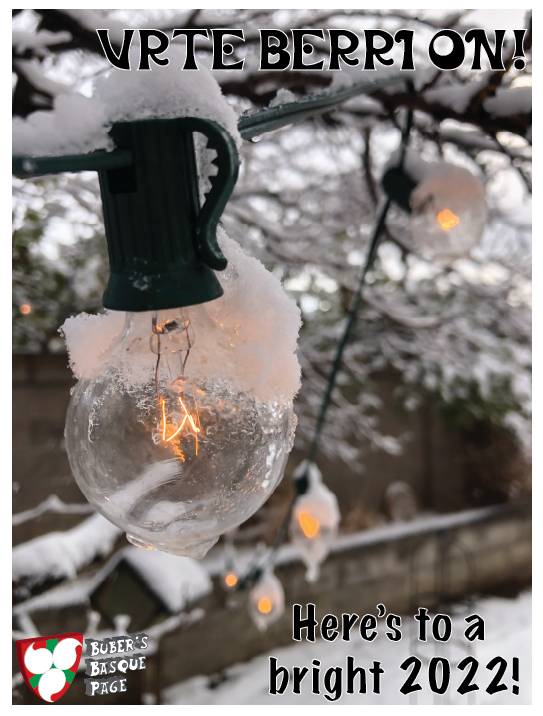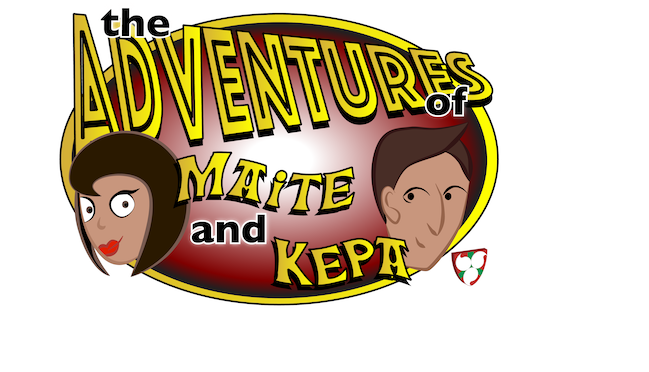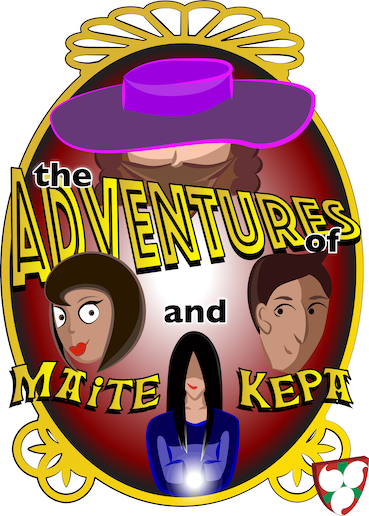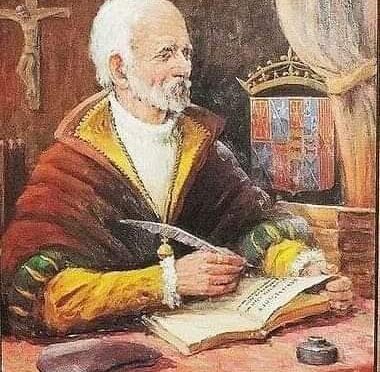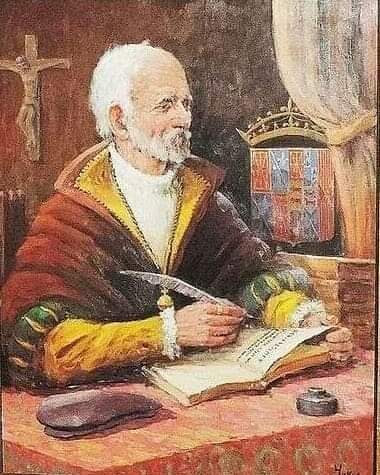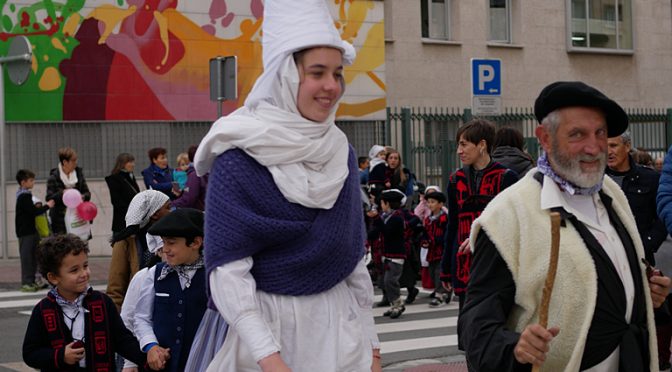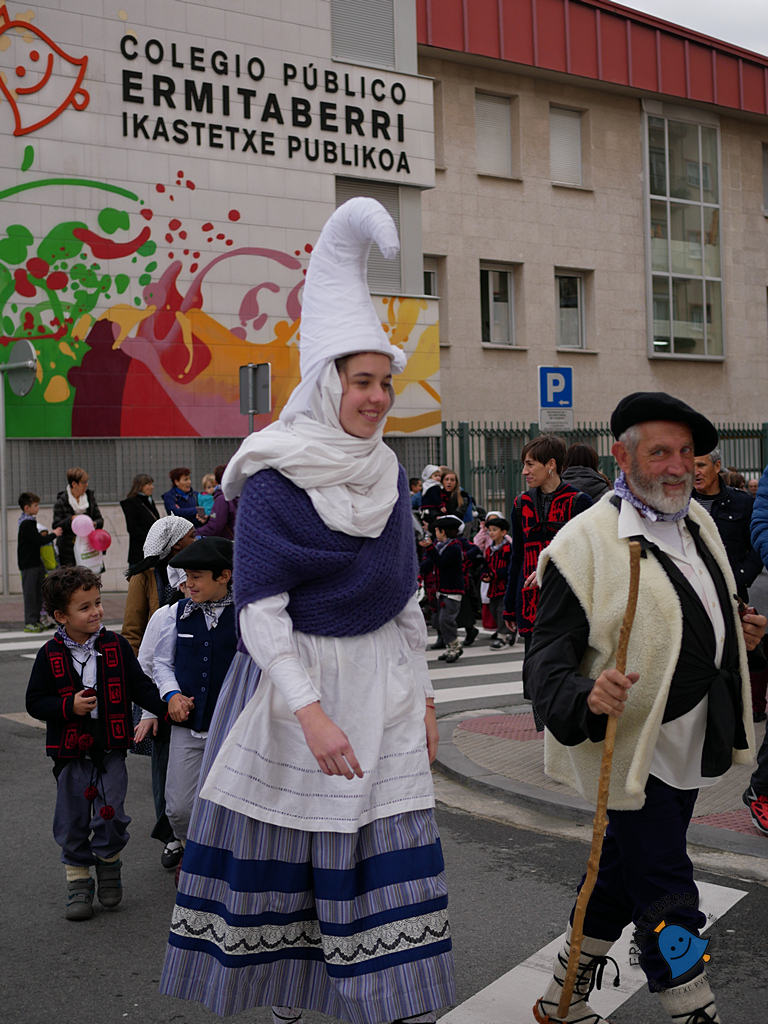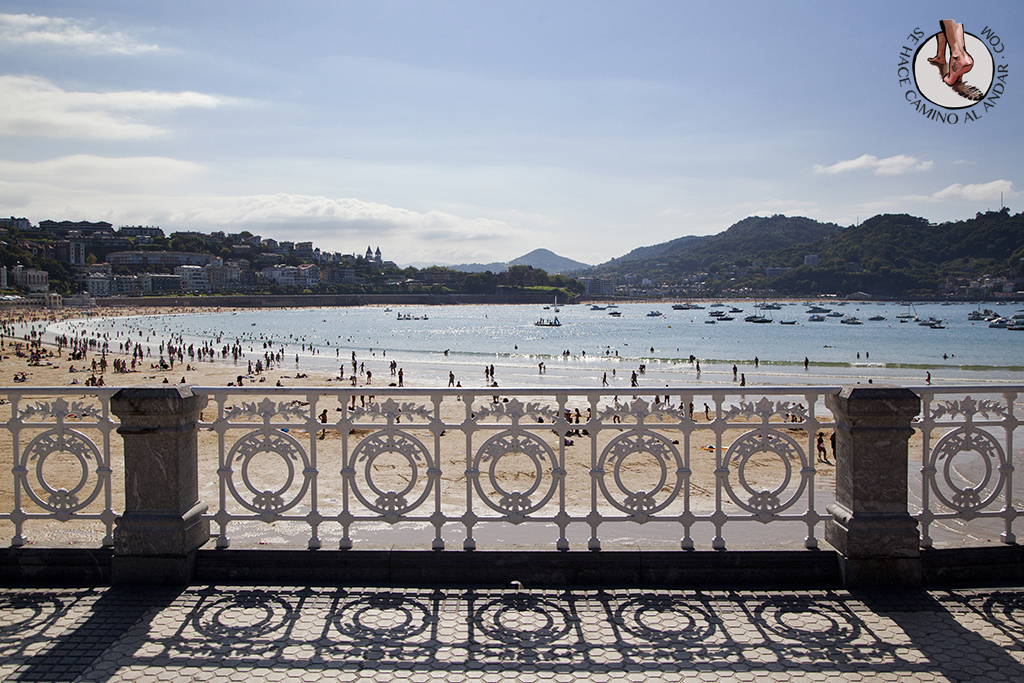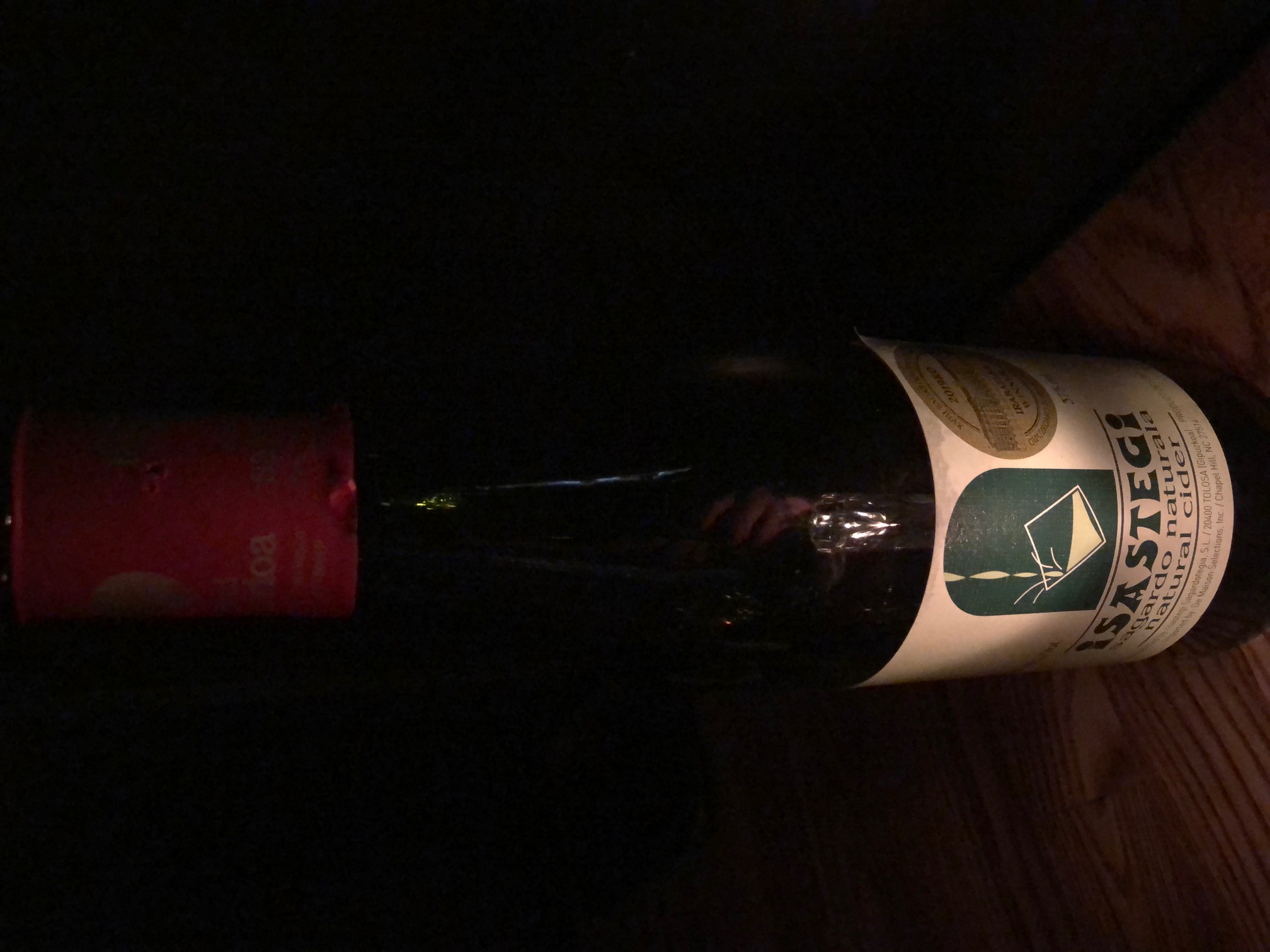This article originally appeared in Spanish at El Diario on December 11, 2019.
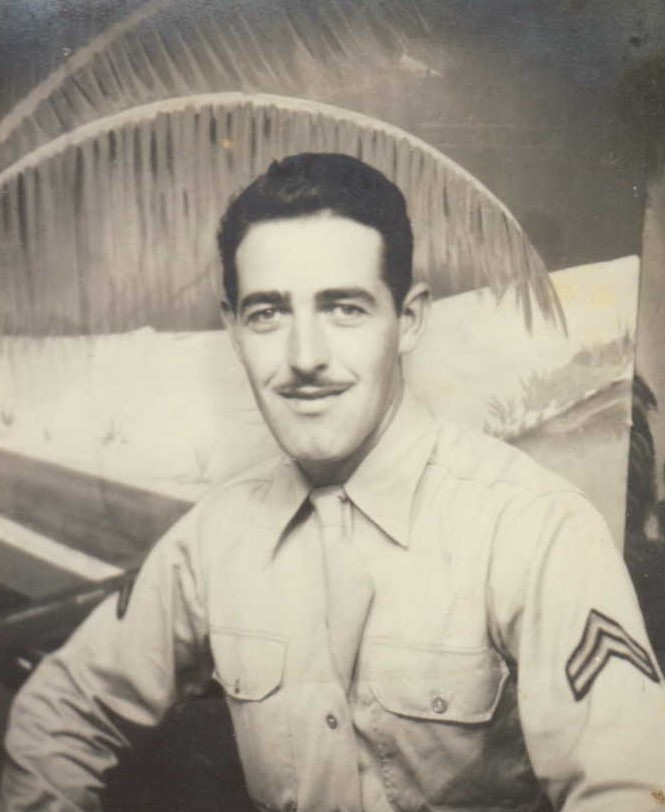
After the surrender of the US armed forces on May 6, 1942, in Corregidor, Japan was free to extend its military occupation throughout the Philippine archipelago. The Philippines was the only Pacific country with a solid and consolidated Basque and Navarrese community – no stranger to the military uprising in Spain in 1936 and the victory of the rebel side in 1939 – in the hands of an Axis power. In fact, a great number of exiles from the Spanish Civil War, predominantly of Basque nationalist ideology, took up the allied struggle against the Japanese occupation as part of their cause against Francoism. Internal resistance to the occupation and its Filipino collaborators was immediate. It was a very heterogeneous movement, which ranged from soldiers of the Philippine and United States army – escaped from Japanese concentration camps or never imprisoned – to guerrillas financed by US and even communist forces. The guerrilla movement not only fought against the Japanese troops, but also provided valuable intelligence reports to the Allies.
“Echoes of two wars, 1936-1945” aims to disseminate the stories of those Basques and Navarrese who participated in two of the warfare events that defined the future of much of the 20th century. With this blog, the intention of the Sancho de Beurko Association is to rescue from anonymity the thousands of people who constitute the backbone of the historical memory of the Basque and Navarre communities, on both sides of the Pyrenees, and their diasporas of emigrants and descendants, with a primary emphasis on the United States, during the period from 1936 to 1945.
THE AUTHORS
Guillermo Tabernilla is a researcher and founder of the Sancho de Beurko Association, a non-profit organization that studies the history of the Basques and Navarrese from both sides of the Pyrenees in the Spanish Civil War and in World War II. He is currently their secretary and community manager. He is also editor of the digital magazine Saibigain. Between 2008 and 2016 he directed the catalog of the “Iron Belt” for the Heritage Directorate of the Basque Government and is, together with Pedro J. Oiarzabal, principal investigator of the Fighting Basques Project, a memory project on the Basques and Navarrese in the Second World War in collaboration with the federation of Basque Organizations of North America.
Pedro J. Oiarzabal is a Doctor in Political Science-Basque Studies, granted by the University of Nevada, Reno (USA). For two decades, his work has focused on research and consulting on public policies (citizenship abroad and return), diasporas and new technologies, and social and historical memory (oral history, migration and exile), with special emphasis on the Basque case. He is the author of more than twenty publications. He has authored the blog “Basque Identity 2.0” by EITB and “Diaspora Bizia” by EuskalKultura.eus. On Twitter @Oiarzabal.
Josu M. Aguirregabiria is a researcher and founder of the Sancho de Beurko Association and is currently its president. A specialist in the Civil War in Álava, he is the author of several publications related to this topic, among which “La batalla de Villarreal de Álava” (2015) y “Seis días de guerra en el frente de Álava. Comienza la ofensiva de Mola” (2018) stand out.
The interference of the fascist Spanish Falange party in the archipelago, which wanted to control the Spanish colony, caused many to ignore the old metropolis as early as 1940, since the presumed entry of Spain into the war on the Axis side could cause the embargo of its properties. The arrival of the Japanese invaders would increase this sense, although they were not received badly at first. This impression changed immediately with the arbitrariness imposed by the Japanese military, although there were people who prospered with the new occupants, among them a group of pelotaris from the Jai-Alai Stadium in Manila (directly related to the one in Shanghai) directed by Teodoro Jáuregui, not a few of whom were affiliated with the Falange [1]. According to Marciano R. de Borja, in the 2014 edition of his book The Basques in the Philippines, “the majority of Basques [and Basque-Filipinos] energetically opposed the Japanese occupation.” De Borja writes how some Basque families, such as the Elizalde, Luzurriaga, or Legarreta, were involved in the resistance directly or indirectly, while others, such as the Uriarte, Bilbao, or Elordi, joined the resistance movement in Negros and Visayas, and yet others like the Garchitorena, Oturbe, or Ormaechea did so in the Bicol Peninsula. Among the Basque-Filipino population, one of the best known figures in Basque historiography stands out (practically one of the very few until the publication of this article, since it is a very unknown niche in our collective memory), Higinio Uriarte Zamacona, known as ‘Gudari.’ Born in La Carlota, Negros Occidental, in 1917, to Bizkaian parents, he became a prominent guerrilla leader on the Island of Negros. In fact, in 1962 he published an autobiographical book entitled A Basque Among the Guerrillas of Negros. Uriarte, his cousin Hilario Zamacona, and other Basque-Filipinos such as Gabi Elordi and Tito Bilbao, were in turn agents of the Allied Intelligence Bureau, which provided information on the movements of Japanese ships in the Philippines and acted as a liaison between the resistance and the submarine fleet of the US Navy. Another member of the resistance in Negros was Fermín Goñi, of a Nafarroan father and Castilian mother. Born in 1922 in the city of Iloílo on Panay Island, Goñi participated together with other Basque-Philippine families, including the Isasi, Iturralde, and Mendieta, in the guerrilla forces and collaborated with the US troops. Later, Goñi would serve in the 82nd Airborne Division of the US Army in Europe. Goñi, who was interviewed by one of the authors of this blog, Pedro J. Oiarzabal, recalled the impression the war made on him, and which could well be extended to most of his generation: “The atrocities that he witnessed, both in the Philippines and in Europe, the loss of family members and the vast majority of his friends and colleagues, would become wounds that time could only mitigate and that he refused to speak of. His voice was drowning in chilling silence and tears welled up in his eyes. These were the only times in which he lacked the words to be able to express what his eyes had seen.”
At the end of the war, it is estimated that, of the 48 provinces of the archipelago, only 12 were still under full control of the Japanese occupying forces. The rest were under the control of the various guerrilla forces in the country. Studies carried out after the war quantify the number of guerrilla groups at about 277 with a total of 260,000 people under their command, among which the Huks – peasant guerrillas of central Luzon inspired by the communists – or the Muslim Moors of Mindanao and Sulu stood out. The latter already had a leading role in North American cinematography at the hands of Henry Hathaway in The Real Glory (1939) with Gary Cooper. This was perhaps one of the very few dispatches that American society had from such a distant setting at the beginning of World War II, despite the presence of important air, naval, and ground forces under the stars and stripes, including the so-called Philippine Scouts.
The taking of Saipan in early June 1944 by US troops was a turning point in the course of the war, particularly on the Pacific front. Fate was cast for Japan, especially after it lost most of its embarked aviation in the disastrous battle of the Philippine Sea (June 19-20, 1944). General Douglas MacArthur kept his word and returned to the archipelago with his army on October 20, 1944. It is estimated that only a third of the US and Filipino soldiers who were in the Philippines prior to the MacArthur evacuation were still alive upon their return.
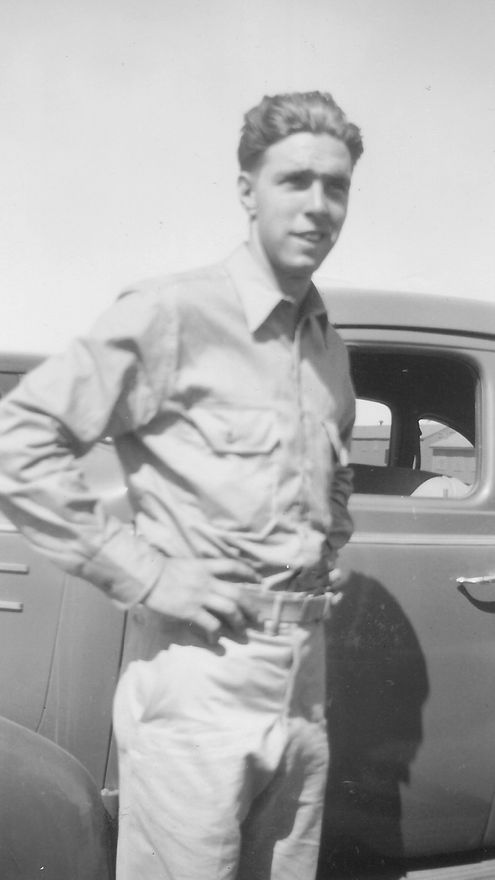
The American and Australian naval offensive, with a force of 300 ships and some 1,500 aircraft, began the largest naval battle of WWII in the Gulf of Leyte, in Visayas, on October 23. It was the epilogue of the once powerful Japanese army. Thereafter, Japanese desperation would be reflected in the organized kamikaze air strikes for the first time over the course of the war. The allied victory was final. After securing the beach heads, with air and naval cover, the 6th Army landed in Leyte, which consisted of some 200,000 men, initiating a series of island-by-island campaigns which had the support of the local guerrillas. Among those born in the USA to Basque and Nafarroan parents and identified within the research project “Fighting Basques” who participated in the Battle of Leyte Gulf, include, for example, Julio Urizar (born in Andrews, Oregon, in 1924) of the 1st Cavalry Division; Leon Etchemendy (Gardnerville, Nevada, 1918), John Aldax (Evanston, Wyoming, 1919), Matthew Etcheverry (Fresno, California, 1916) and a very young Paul Laxalt (Reno, Nevada, 1922, who would become one of the most influential members of his State and a US senator, maintaining a close relationship with President Ronald Reagan) of the 7th Infantry Division “Bayonet”; Alfonso Sillonis (Mountain Home, Idaho, 1919) of the 24th; and Louie Etcheberria (El Toro, California, 1923) from the 77th “Statue of Liberty.” Etcheberry was wounded in action on October 26, as was Etchemendy, while First Sergeant Sillonis had been killed in action three days earlier. He was 25 years old.
By December 1944, the islands of Leyte and Mindoro had been liberated. In January 1945, the invasion of Luzon, the main island of the Philippines, began, resulting in the isolation of the Japanese forces in Bataan, while the allied forces captured Corregidor by the end of February. Again we find the name of several veterans of Basque origin who participated in the Battle of Luzón, such as, Juan Ybarzabal (Meñaka, Bizkaia, 1913) and Ramón Ensunsa (Gooding, Idaho, 1920) of the 33rd Infantry Division; John Basañez (San Francisco, California, 1920) from the 40th; and Pierre Erramouspe (Rock Springs, Wyoming, 1925) of the 43rd, who died in the Boso-Boso area on March 29 at the age of 20. Finally, we note Julián Aramburu (Bedarona, Bizkaia, 1917), of the 130th Regiment of the 33rd Division, who won the Silver Star in the Bilbil mountain, where he lost a leg.
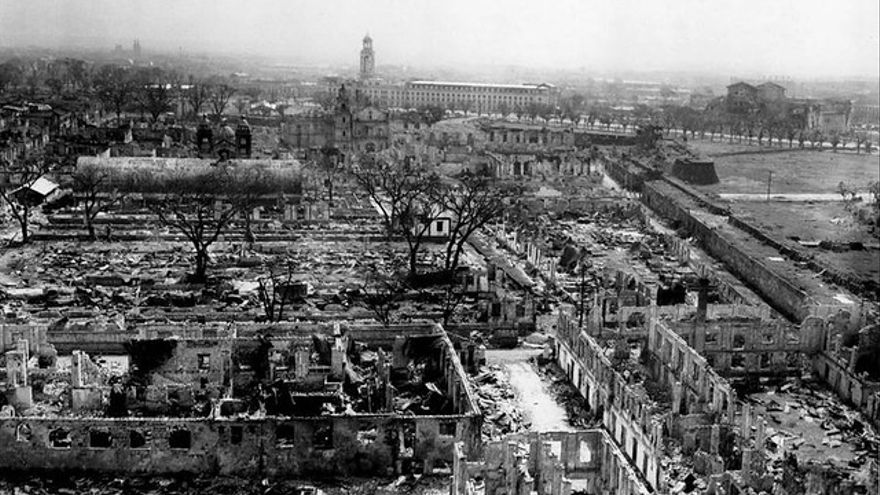
By early March, the Allies had seized strategic control of key points in Luzon. Faced with the brilliant onslaught of the US troops, the Japanese forces were ordered to leave the capital of the country, but some of them refused to carry out the orders and others could not leave in time. On February 6, 1945, the Allies began the reconquest of Manila. The result was the indiscriminate slaughter of civilians as Japanese troops took refuge within the walls. In the words of Marciano de Borja, “The liberation of Manila was bloody and destructive. Only Warsaw, the capital of Poland, suffered greater devastation in World War II. There were thousands of civilian casualties [over 100,000]. The Japanese troops committed all kinds of atrocities and went on to carry out large-scale slaughter, as they were prepared to die to the last man. This was a system called Sankō Sakusen, a three-part scorched earth strategy: kill everyone, burn everything, destroy everything. The Spanish community was not spared from the massacre. It is estimated that 235 Spaniards died.” Many others who had been Hispanicized and formed a large culturally mestizo community also fell under Japanese arms, which marked the end of an era of clear colonial reminiscence. Among them were numerous Basques, such as the Arriola and Lizarraga families [2]. Manila was liberated by the North Americans on March 3, 1945. It was there that Higinio Uriarte reported seeing a US battle tank named Fighting Basques, which gives our project its name. Most likely as a consequence of the atrocities committed by the Japanese troops, Tirso Soloaga Losa began his collaboration with the Philippine irregular forces to clear the last pockets of Japanese resistance in Luzon. Soloaga, of Bizkaian parents, was born in 1921 in Sigaboy-Davao, Mindanao, but at an early age he returned with his family to Durango. However, the outbreak of the Civil War forced them into exile, first to France and then to the Philippines.
Two years earlier, the dictator Francisco Franco had publicly blessed both the Japanese invasion and its victory over the Allies and the puppet government of José P. Laurel, in an effort to consolidate his alliance with the Axis nations, although he later retracted that support in the face of American pressure. As a result of the events in Manila, Spain gradually hardened diplomatic relations with Japan, beginning by ceasing the representation of its interests in America and culminating in the rupture of April 11, 1945, following a decision by the Council of Ministers. (Though, this didn’t entail any practical consequence, as the supposed declaration of war remained in the realm of rumors.) The struggles and suffering that the Spanish colony in China had with the Japanese occupiers of 1940 was insignificant compared to the martyrdom suffered in the Philippines in 1945. Despite the efforts of the Falange, it was obvious, as Florentino Rodao says, that the Japanese never made an effort “to differentiate between friends and enemies” and quotes the words of the Spanish ambassador in Tokyo, Santiago Méndez de Vigo, who said that “fire was directed with equal fury against Spaniards and Anglo-Saxons” [3]. A new twist by the pragmatic General Franco had led him to condemn the “yellow barbarism” against the Spanish residents in Manila in an attempt to win international favor for the permanence of his regime in the postwar period. It was time to pretend to the Allies a certain radicalization and Franco lived up to form, as always. Gone were the days when he consented to the opening of a Japanese spy network in Spain.
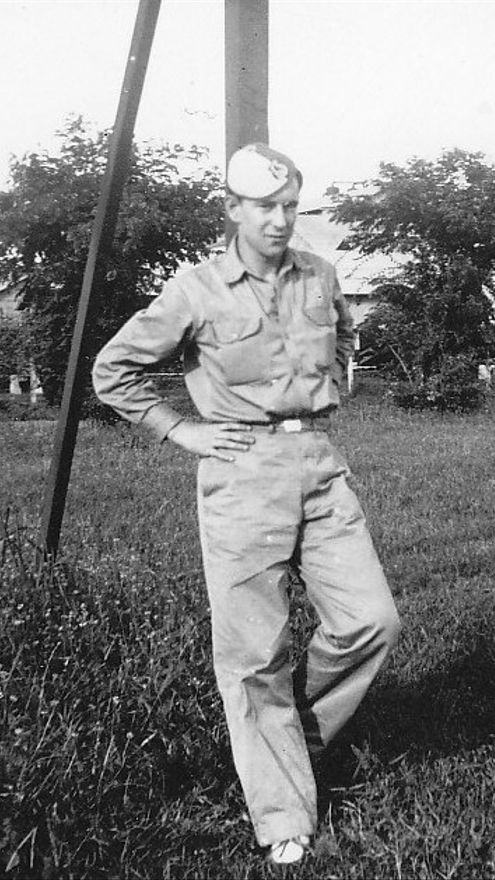
Fighting continued in remote parts of the Philippines until Japan’s final surrender in August 1945. The liberation of the Philippines was one more step on the road to final Allied victory. By mid-August 1945, the occupying forces had evacuated collaborationist President Laurel and his family to Japan. In the city of Nara, Laurel decreed the end of his regime and immediately began a frantic race to locate his collaborators in the hands of the Counterintelligence Corps of the US Army. As part of these units we have identified Jean Sallaberry Baratçabal, a native of Zuberoa, born in 1914, and, born in the Philippines (of Bizkaian parents), Román Arruza Asorena (1920) and Andoni Aguirre Achabal (1921). Aguirre would receive the Liberation Ribbon of the Philippines with a star. His brother Sabino Aguirre Achabal, born in 1914 in San Francisco, California, also served in the Philippines with the Air Force. He was awarded a Bronze Star for being able to locate and evacuate various members of his family and acquaintances to the Allied zone.
In September 1945, the top military officer for the invasion of the Philippines, General Masaharu Homma, was arrested by Allied troops and indicted on 43 counts of crimes against humanity, including the infamous Bataan Death March in which thousands of Filipino and American prisoners of war lost their lives. On February 26, 1946, he was sentenced to death and on April 3 he was executed by firing squad in the vicinity of Manila. The fleeing President Laurel had a better run of luck. MacArthur ordered his capture for collaboration with the enemy and he was accused of 132 counts of treason, but he would never be tried due to the general amnesty decreed by the President of the Philippines Manuel Roxas in 1948. He continued in public life and with his political career without being held accountable for his pro-Japan activities.
On July 4, 1946, the United States recognized the independence of the Philippines, ending the Commonwealth that had ruled the country since 1935. Even so, the Philippines continued to receive subsidies from the United States in reparation for the damages caused by the war. Ending was hundreds of years of foreign rule, beginning with the arrival of Ferdinand Magellan in 1521, who met his death on the islands, which, in an unexpected turn in history, made it possible for the Gipuzkoan Juan Sebastián Elcano to circumnavigate the earth for the first time.
[1] Florentino Rodao (2002). Franco y el Imperio Japonés. Barcelona: Plaza & Janés. Pp. 226-227 y 366.
[2] In Nampa, Idaho, relatives of the Arriola family celebrated masses for her memory, while writer Carmen Güell interviewed Elena Lizarraga for her novel The Last of the Philippines. In 2014 Joan Orendain wrote an article in Inquirer about the massacres of Japanese troops in Manila.
[3] Rodao (2002). P. 249.
Collaborate with ‘Echoes of two wars, 1936-1945.’
If you want to collaborate with “Echoes of two wars” send us an original article on any aspect of WWII or the Civil War and Basque or Navarre participation to the following email: sanchobeurko@gmail.com
Articles selected for publication will receive a signed copy of “Combatientes Vascos en la Segunda Guerra Mundial.”

